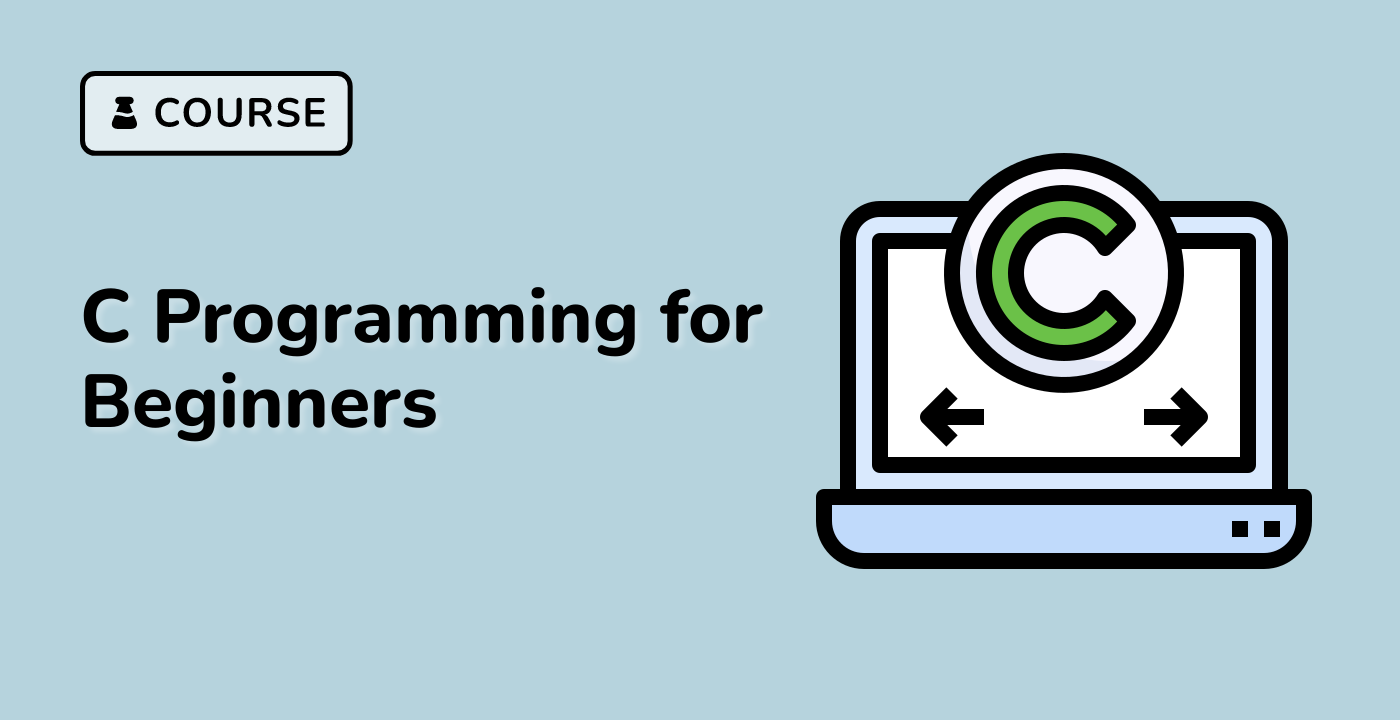Introduction
In this lab, you will learn to perform matrix addition and subtraction in C programming language. This program will ask the user to input two matrices of the same size and then perform the addition and subtraction operation, printing the resulting matrices.
Note: You need to create the file
~/project/main.cyourself to practice coding and learn how to compile and run it using gcc.
cd ~/project
## create main.c
touch main.c
## compile main.c
gcc main.c -o main
## run main
./main



